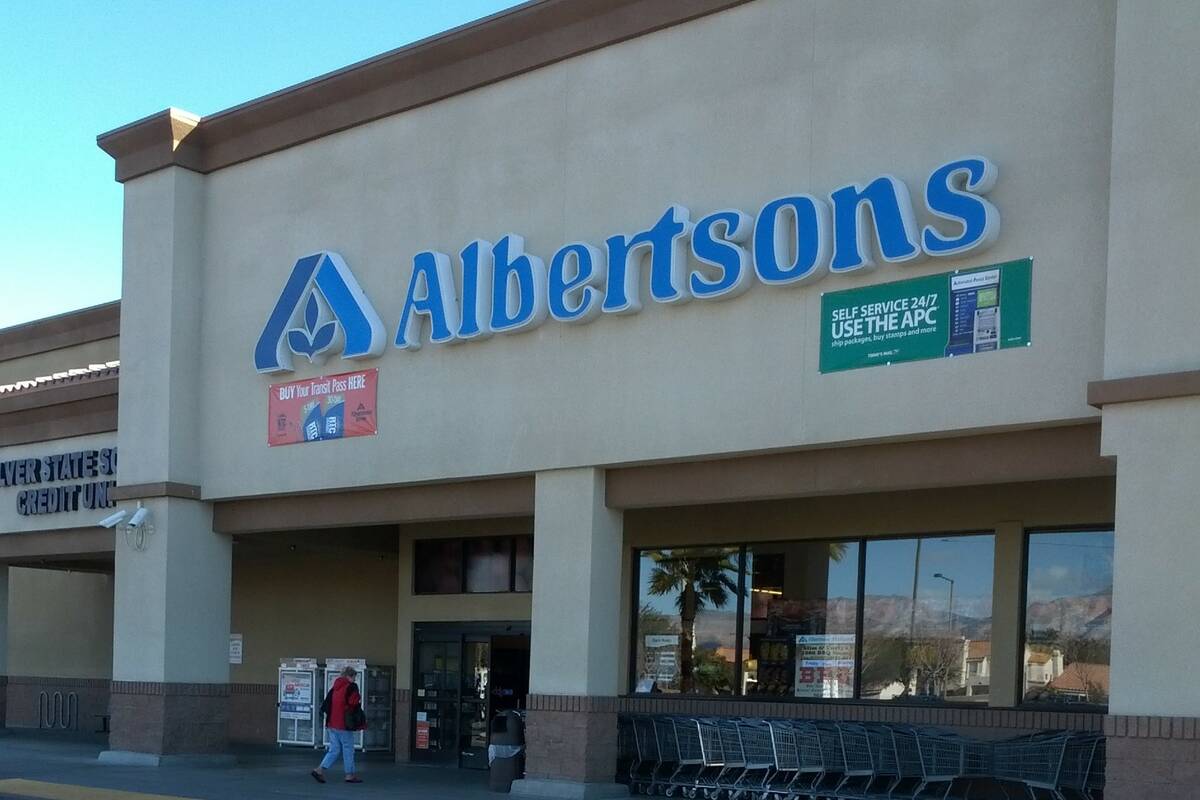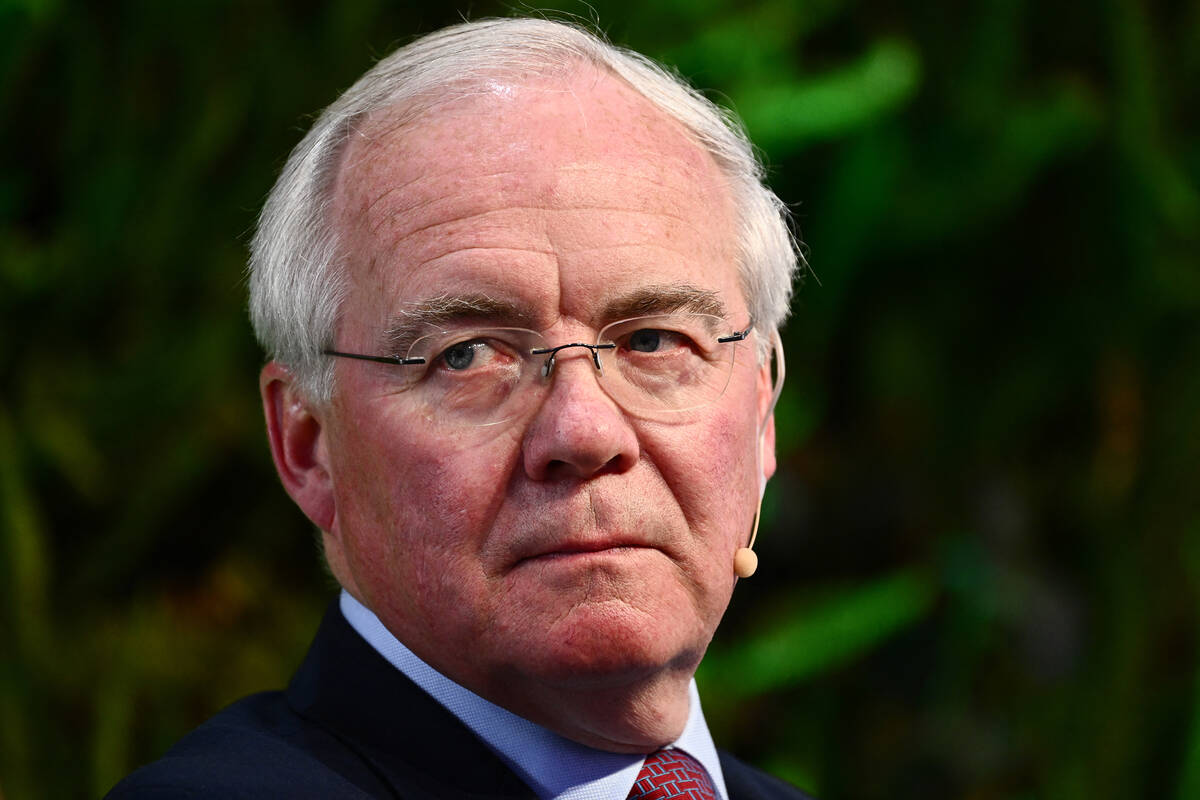Kroger-Albertsons merger needed to close pricing gap with Walmart, executives testify
Two top Kroger Co. executives took the stand Monday in the Denver District Court antitrust trial seeking to block the grocer’s $24.6 billion merger with Albertsons Cos., arguing the combination is key to competing with Walmart and will not harm Colorado consumers.
“We are maniacally focused on Walmart and their pricing. For 20 years we have been focused on getting our prices closer to Walmart’s,” testified Stuart Aitkin, chief merchandise and marketing officer for the nation’s largest grocery store chain.
Kroger operates as King Soopers and City Market and Albertsons as Safeway in Colorado, where they account for about half of grocery sales. Colorado Attorney General Phil Weiser has sued to stop the combination, arguing it would reduce competition, saddle consumers with higher costs and harm employees and suppliers.
To ease anti-trust concerns, the two companies have agreed to spin off 413 Albertson/Safeway stores to C&S Wholesale Grocers for $1.9 billion. Colorado plays heavily in that transition, contributing 91 stores to C&S, which has been around 106 years but has limited retail experience.
Consumer advocates and worker unions have criticized the proposed sale, viewing C&S as a weak buyer that won’t survive long. State attorneys pursued that line of questioning on Monday, pushing Kroger CEO Rodney McMullen on whether the company chose what would be a weaker competitor without adequate management talent.
McMullen testified that C&S pledged to honor the labor contracts in place, and that it would be gaining the expertise it needs as part of the transition.
He also testified that consumers would benefit given that Albertsons’ prices are 10% to 12% higher across the board than those of Kroger stores. In Colorado, where there is more direct competition, the cost gap is 10.8%.
Kroger aims to align Albertsons’ prices with its lower costs, benefitting consumers and boosting its sales. By the fourth year, Kroger forecasts that Albertsons and Safeway customers will enjoy $1 billion a year in savings, McMullen said.
Another $1.3 billion will go into store upgrades and $1 billion to employees, who are called associates.
Colorado, however, won’t see the same level of benefits. That’s because only 19 stores will come under the Kroger umbrella.
Customers of those stores can expect to see about $40 million a year in cost savings, but the savings should come sooner, given the need to rebrand the properties as King Soopers or City Market, Aitken testified.
Kroger will have no say over what C&S will do when it comes to pricing for the 91 stores it would acquire in the state if the combination were to go through, Aitken acknowledged when pressed by Colorado’s Deputy Attorney General Steven Kaufmann.
McMullen and Aitken emphasized that Walmart, with 3.5 times the grocery sales of Kroger, is the key competitor not Albertsons. Kroger has built its business strategy entirely around matching Walmart’s prices and staying ahead of a host of other rivals like Costco, Whole Foods, Trader Joe’s, etc.
The gap with Walmart has narrowed, in part because Kroger has developed additional revenue sources that allowed it to pass on smaller price increases than Walmart during the latest round of rising prices, the executives said.
On cross-examination, Kaufmann produced multiple emails showing that Kroger executives closely tracked what Albertsons was doing when it came to pricing, promotional offers, advertisements and e-commerce.
He also peppered Aitken with questions about price increases in eight mountain stores located in what the company called a no-competition zone. Those increases had allowed the company’s gross margins in that zone to double. The concern is that once Safeway leaves the scene, replaced by a weaker competitor, a similar pattern could emerge.
While acknowledging that gross margins did double, Aitken said the added revenues didn’t drop to the bottom line because higher transportation and labor costs ate up much of the gains. McMullen also noted the difficulty the retailer has had in finding workers.
“We have 66 units up in the mountains for our associates so they can afford to stay up there. These costs are costs we are looking to recoup,” McMullen said.
Kroger developed a “flywheel” strategy to close the gap with Walmart. Lower prices on essential food staples so more customers come in the door. More sales generate more money that can be pumped back into price reductions.
Kroger initially focused on fueling lower price with savings in operating costs. For example, it achieved a 30% reduction per square foot in its energy costs, McMullen said.
Starting in 2016 and 2017, Kroger focused more heavily on generating outside revenue streams through technology and data, marketing that to consumer goods producers.
For example, if Coca-Cola rolls out a new product, Kroger can offer a coupon or free sample to the consumers in its database most likely to try it out, avoiding Pepsi loyalists. That understanding of consumers’ preferences and patterns offers a growing revenue source.
If someone is searching for a specific food item on its website, it can throw up an online advertisement from a related product maker, not unlike what Google does with its searches.
The U.S. grocery market is about $750 billion a year, with Kroger stores reaching about two-thirds of the U.S. population representing $501 billion of that market, Aitken said.
Owning Albertsons would put the retailer in 48 of the 50 states and give it the nationwide reach that it now lacks. That in turn would make its consumer data much more valuable to manufacturers, generating more revenues to funnel into price reduction. It could further close the price gap with Walmart, now down to 3.8%.
“Selling a can of corn is not something we make a living at,” McMullen testified.


















